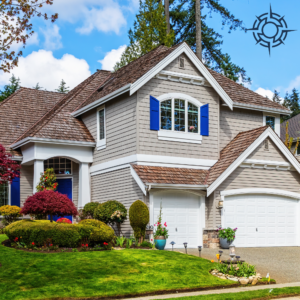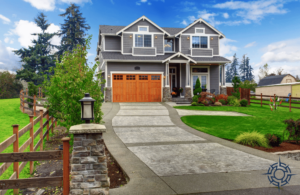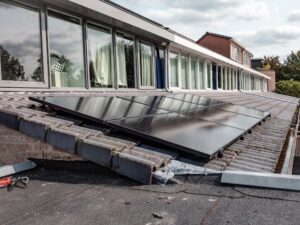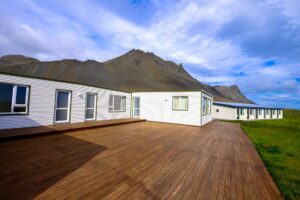In Minnesota, our winters can be breathtakingly beautiful, but they can also bring some hefty energy bills. Lately, many homeowners have noticed a steady increase in these bills during the colder months. Why is this happening? Well, in recent years, energy costs have generally been on the rise, and our Minnesota winters are not getting any warmer! This means we’re cranking up the heat more often to keep our homes cozy, which leads to higher energy usage and, consequently, higher bills.
Now, let’s talk about what’s causing those bills to spike. The biggest factor? It’s our heating systems working overtime during those long, chilly months. Older heating systems are particularly notorious for being less efficient, which means they use more energy to produce the same amount of heat. Also, let’s not forget about our homes themselves. Drafty windows, poor insulation, and gaps around doors let precious heat escape, making our heaters work even harder and driving up costs. It’s like trying to fill a bucket with a hole in it; no matter how much you pour in, you’re going to lose some. By understanding these factors, we can start to find ways to keep our homes warm without draining our wallets.
Basic Tactics for Immediate Reduction in Energy Bills
Winter in Minnesota is as charming as it is cold, but those high energy bills? Not so much. Let’s look at some easy yet impactful ways to keep your home warm and your bills low.
Simple Steps for Big Savings:
- Turn Down the Thermostat: A small tweak can lead to big savings. Lowering your thermostat by just a few degrees while you’re asleep or out of the house can significantly cut your heating costs.
- Use Sunlight Wisely: Nature’s heater – the sun – is free! Open those curtains on sunny days to let in warmth, and close them when it’s cloudy or at night to keep the cold out.
- Maintain Your Heating System: Regular maintenance of your furnace or heating system can improve efficiency and prevent costly repairs. Don’t forget to replace or clean filters regularly!
Weather Stripping Wonders: Weather stripping is like a warm hug for your house. It seals the gaps around doors and windows to keep the cold out and the heat in. Here’s how to do it right:
- Choose the right type of stripping for each window and door.
- Clean the surfaces before applying.
- Measure twice, cut once! Make sure it fits snugly without making windows and doors tough to open or close.
The Magic of Plastic Barriers and Thermal Curtains: Old windows can let a lot of heat escape, but don’t worry, there’s a cost-effective fix:
- Plastic window kits are a quick way to add an extra layer of insulation. They’re easy to install and almost invisible.
- Thermal curtains are another great option. They’re thicker than regular curtains and help keep the warmth in and the cold out. Remember to open them during the day for natural warmth and close them at night!
Caulking: The Secret Weapon Against Drafts: Drafts around windows, doors, and even electrical outlets can let a lot of heat escape. Caulk is your go-to solution here:
- Inspect your home for any gaps or cracks, especially where different materials meet.
- Apply caulk to these gaps to seal them up, preventing cold air from sneaking in and warm air from slipping out.
By adopting these simple tactics, you’ll not only enjoy a cozier home but also see a pleasant difference in your energy bills. It’s all about being smart with what you have.
Long-Term Solutions for Energy Efficiency
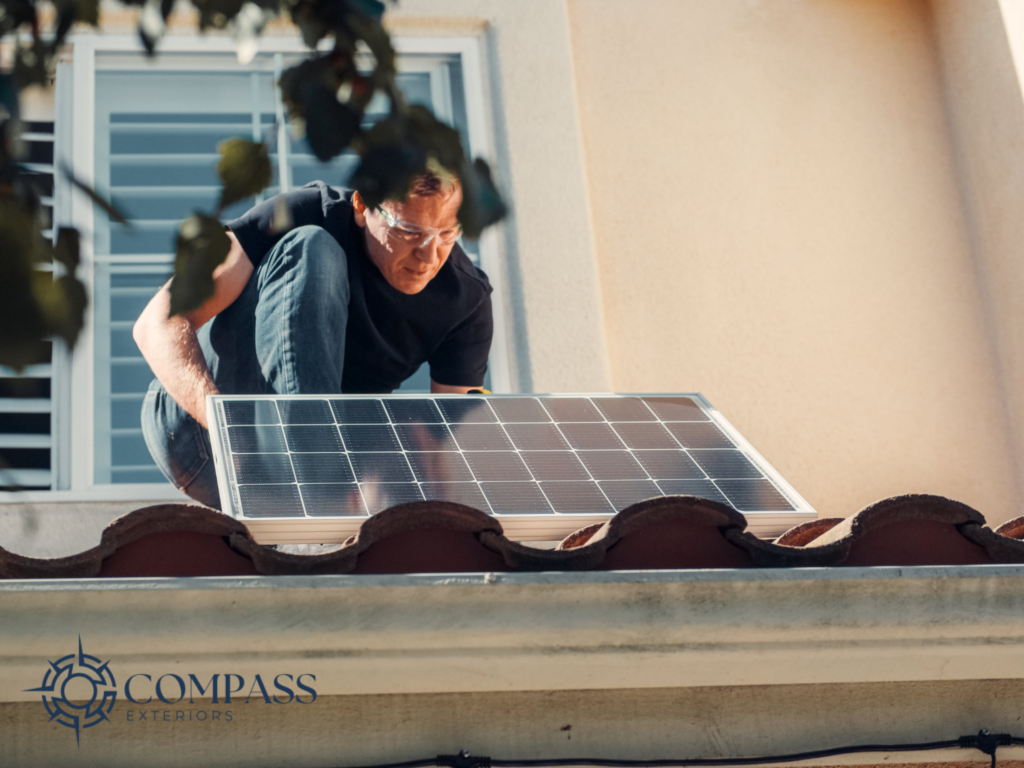
While short-term fixes can help, investing in long-term solutions can significantly boost your home’s energy efficiency and save you money in the long run. Let’s dive into some of these smart investments.
Heat Pumps vs. Traditional Gas Furnaces:
- Cost and Efficiency: Heat pumps are like the Swiss Army knives of heating and cooling. They’re generally more energy-efficient than traditional gas furnaces, especially in milder winter climates. While the initial cost might be higher, heat pumps can lead to lower energy bills over time because they move heat rather than generate it.
- Environmental Impact: Heat pumps are also a greener choice, as they rely on electricity and can be powered by renewable energy sources.
Smart Thermostats: Your High-Tech Helper:
- Automatic Adjustments: A smart thermostat is like having a mini energy manager in your home. It learns your schedule and preferences, automatically adjusting the temperature when you’re asleep or away, saving energy and money.
- Remote Control: You can control your heating system remotely through your smartphone. Forgot to turn down the heat before leaving? No problem, just a few taps on your phone and it’s done!
Energy-Efficient Windows: A Clear Winner:
- Keep the Heat In: Old, drafty windows can be a major source of heat loss. Energy-efficient windows, though an investment, keep your home snug by reducing the amount of heat that escapes. This means your heating system doesn’t have to work as hard, leading to lower bills.
- Additional Benefits: Besides saving energy, these windows also reduce noise pollution and increase your home’s overall value.
Other Long-Term Investments:
- Insulation Upgrade: Upgrading insulation in your attic, walls, and floors is like wrapping your home in a warm blanket. It helps maintain a consistent temperature, reducing the strain on your heating system.
- Solar Panels: If you’re looking for a renewable energy source, solar panels can be a great addition. They can reduce your reliance on traditional energy sources and might even let you sell back excess energy to the grid.
- Energy-Efficient Appliances: Replacing old, inefficient appliances with newer, energy-star rated ones can also contribute to significant energy savings over time.
Remember, these investments not only reduce your energy bills but also contribute to a healthier environment. It’s about taking smart, calculated steps today for a warmer, more sustainable tomorrow.
Let’s explore some practical ways to assess your home’s energy efficiency and avoid common pitfalls that hike up those energy bills.
Assessing Your Home’s Energy Efficiency:
- Home Energy Audit: Think of this as a health check-up for your house. A professional energy audit provides a detailed assessment of where your home is losing energy and what you can do to save money. They’ll check out everything from insulation to heating systems.
- DIY Checks: Not ready for a professional audit? No problem. You can start with a simple walk-through of your home. Look for drafts around windows and doors, check if your attic and basement are well insulated, and make sure your heating system is in good working order.
- Monitor Your Energy Bills: Keep an eye on your monthly bills. A sudden increase in costs might signal an efficiency problem. Compare your bills over time to see how your usage changes with the seasons.
Common Mistakes Leading to Higher Bills:
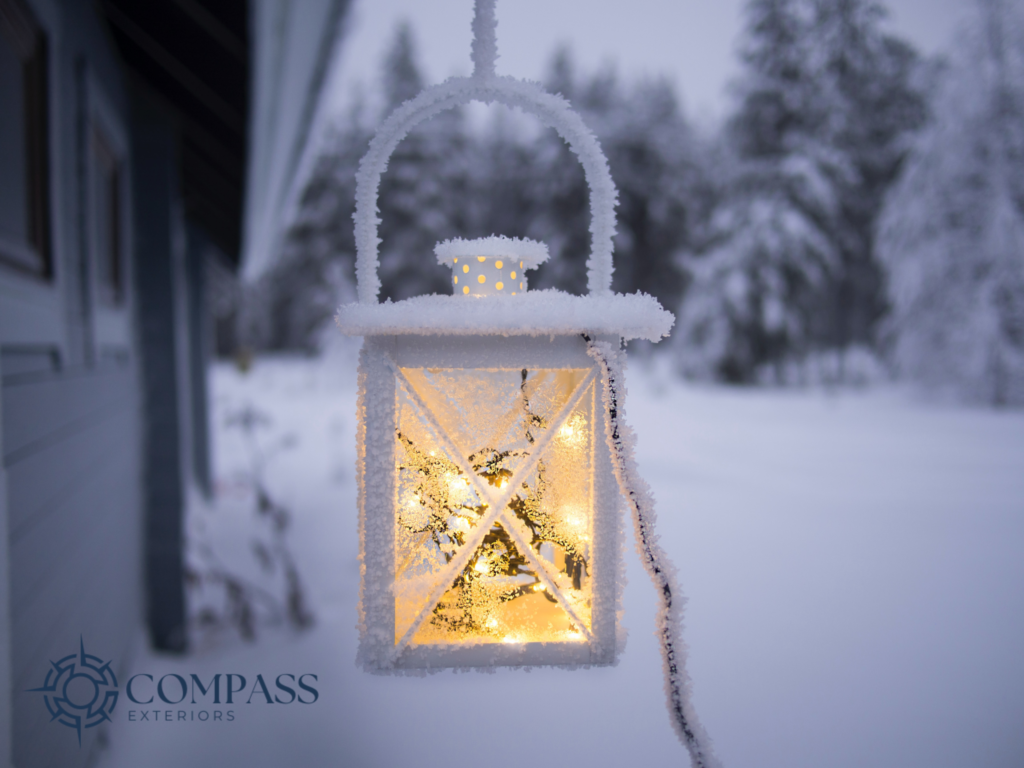
- Ignoring Drafts and Leaks: Small drafts can lead to big wastes of energy. Sealing up leaks around doors and windows is a simple fix that can make a big difference.
- Overlooking Appliance Maintenance: Regular maintenance of your heating system and other appliances ensures they run efficiently. Simple things like replacing furnace filters and servicing your HVAC system can prevent energy wastage.
- Misusing Thermostat Settings: It’s tempting to crank up the heat when it’s cold outside, but keeping the thermostat at a constant, moderate temperature is more efficient. Consider investing in a programmable thermostat for optimal energy use.
- Neglecting Insulation: Proper insulation is key to keeping your home warm. If your attic or walls are poorly insulated, you’re likely losing a lot of heat.
- Overlooking Energy-Efficient Lighting: Still using traditional incandescent bulbs? Switching to LED bulbs can reduce energy use and costs.
- Using Old, Inefficient Appliances: Older appliances can be huge energy hogs. If possible, upgrade to energy-efficient models which can save energy and money in the long run.
Compass Exteriors is Your Energy Bill Ally
Compass Exteriors understands that every home in Minnesota has its unique charm and challenges, especially when it comes to staying warm in winter. Here’s how they can assist:
- Expert Window Solutions: Old, drafty windows can be a major source of heat loss. Compass offers a range of energy-efficient windows that are not only designed to keep the heat in but also add to the aesthetic appeal of your home. With their expertise, you can select the best windows that fit your style and budget.
- Top-Notch Insulation Services: Proper insulation is like a warm blanket for your house. Compass provides professional insulation services to ensure that your home maintains a comfortable temperature without overworking your heating system.
Compass Exteriors isn’t just about products; it’s about providing a complete energy-saving experience:
- Personalized Consultations: They start with a thorough assessment of your home’s current energy efficiency and discuss your specific needs.
- Professional Installation: Their team of experts ensures that all installations are done meticulously, guaranteeing maximum energy savings.
- Ongoing Support: Compass believes in building lasting relationships. Their after-service support ensures that you continue to enjoy the benefits of your energy-efficient upgrades.
Investing in energy efficiency is not just good for your wallet; it’s great for the planet too. Here’s what you gain in the long run:
- Reduced Energy Bills: Efficient windows and insulation mean less energy is needed to heat your home, leading to lower utility bills.
- Increased Home Value: Energy-efficient upgrades are a valuable addition to any home, potentially increasing its market value.
- Environmental Impact: By reducing energy consumption, you’re also reducing your carbon footprint, contributing to a healthier environment.
Ready to make your home winter-ready and energy-efficient? Here’s how to begin:
- Schedule a Consultation: Reach out to Compass Exteriors to set up an initial consultation. They’ll work with you to understand your needs and propose tailored solutions.
- Plan Your Upgrades: Once you’ve decided on the services, Compass will guide you through the process, from choosing the right products to scheduling installation.
Remember, making your home energy-efficient is a journey, and Compass Exteriors is here to guide you every step of the way. With their expertise and support, you can look forward to a warmer, more comfortable home this winter, and for many winters to come.


